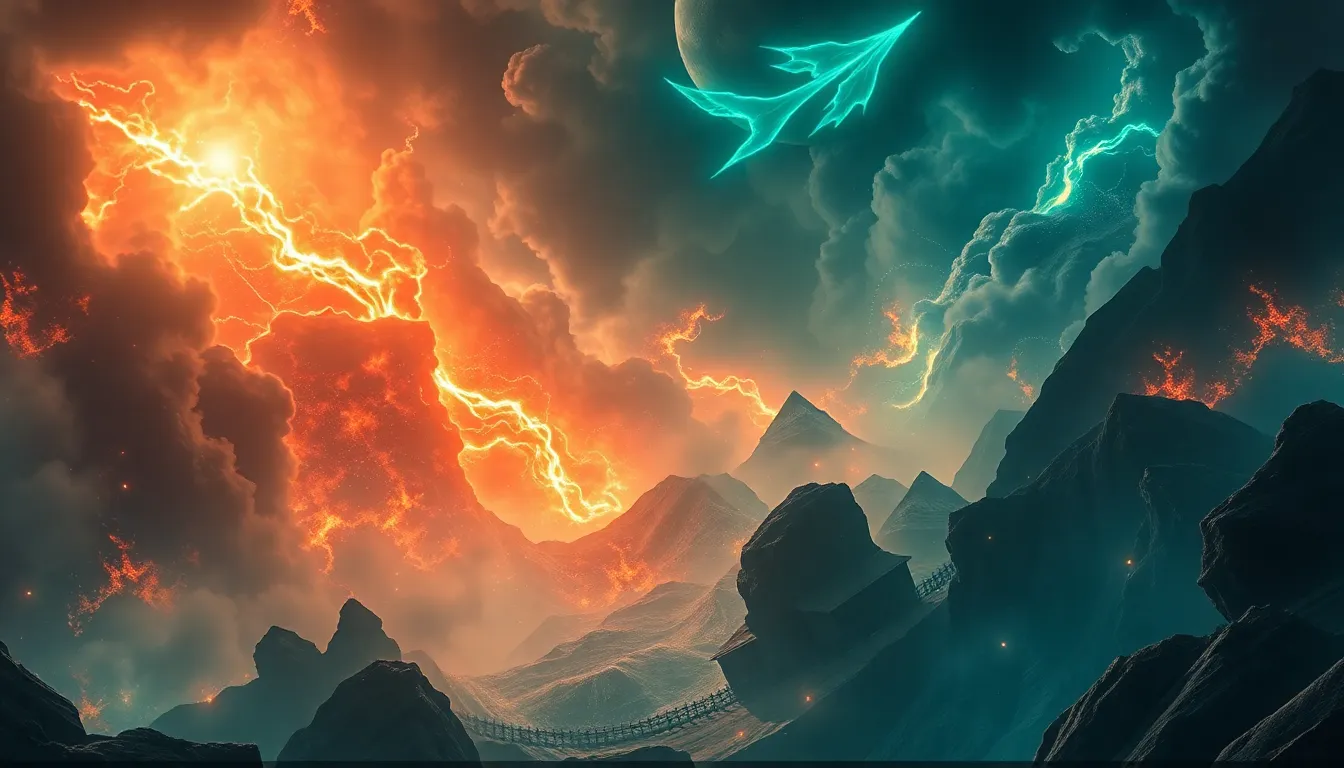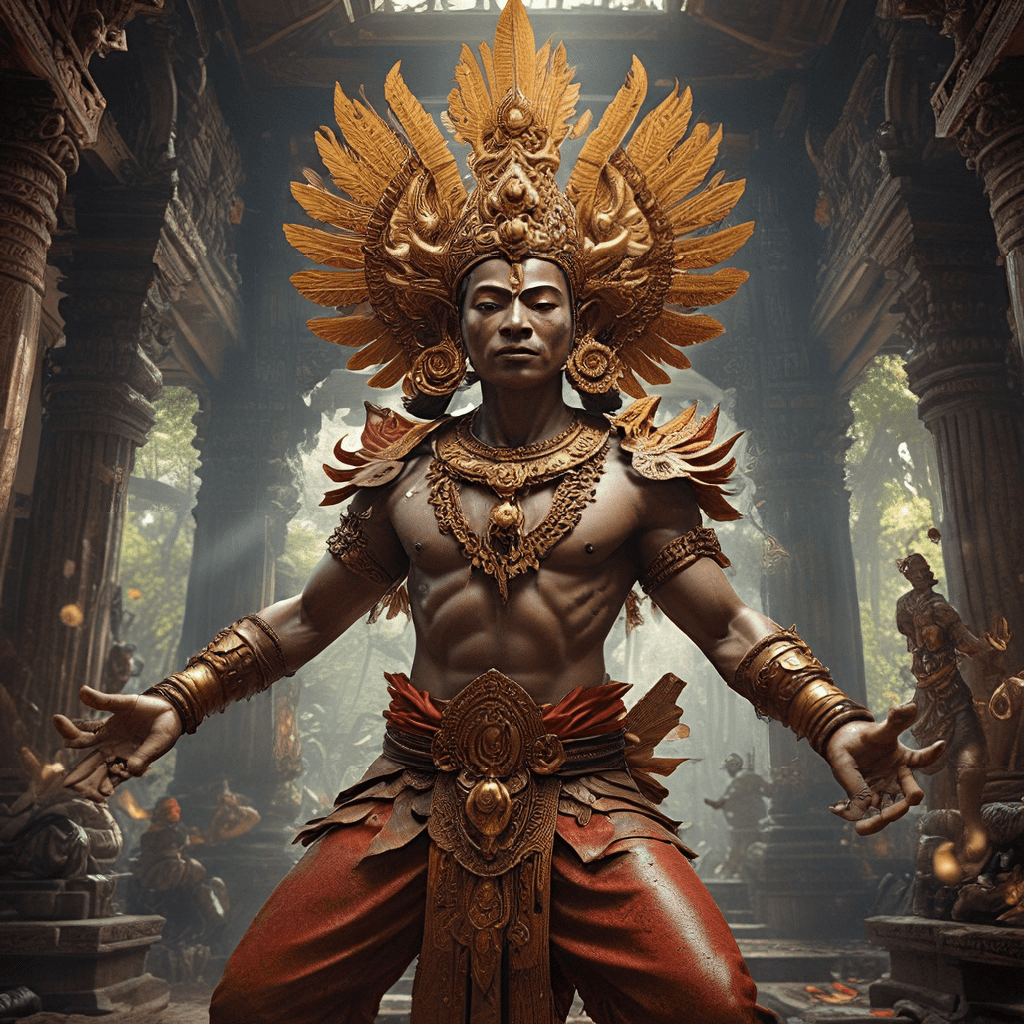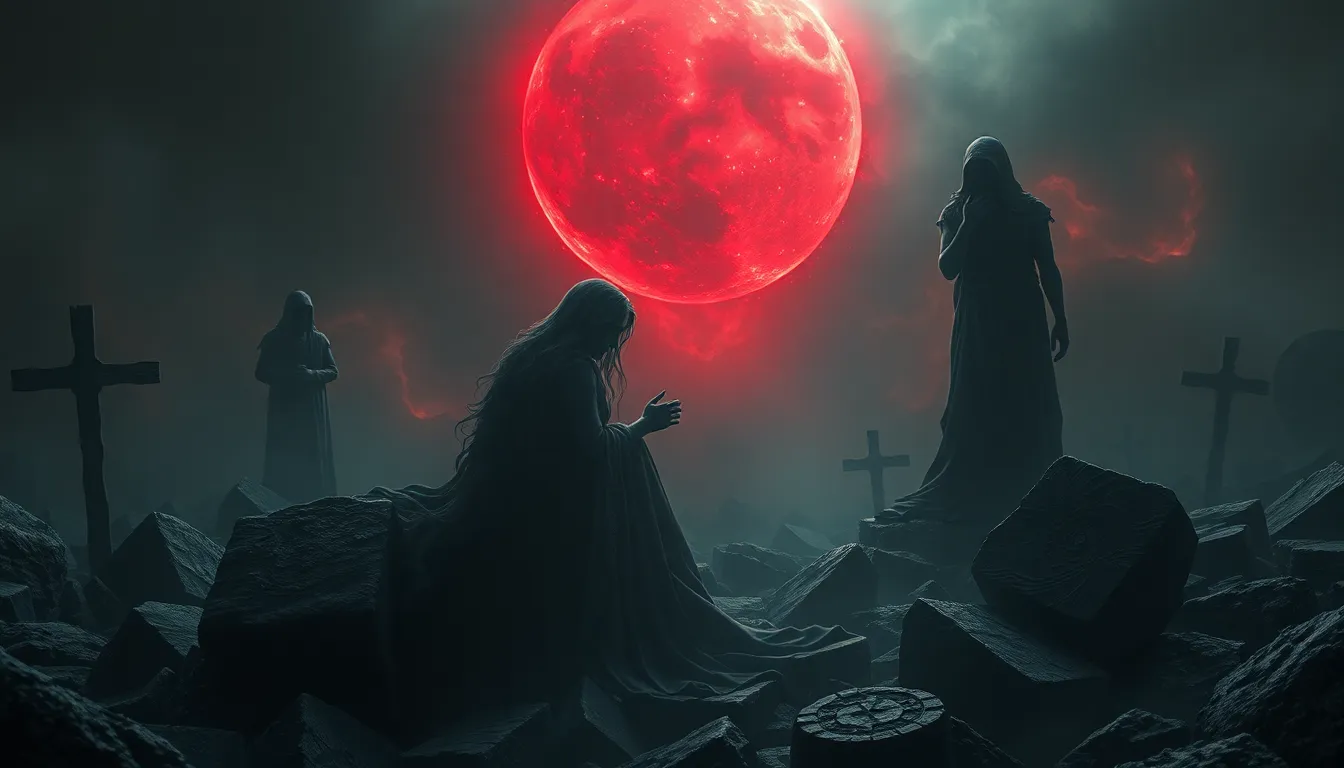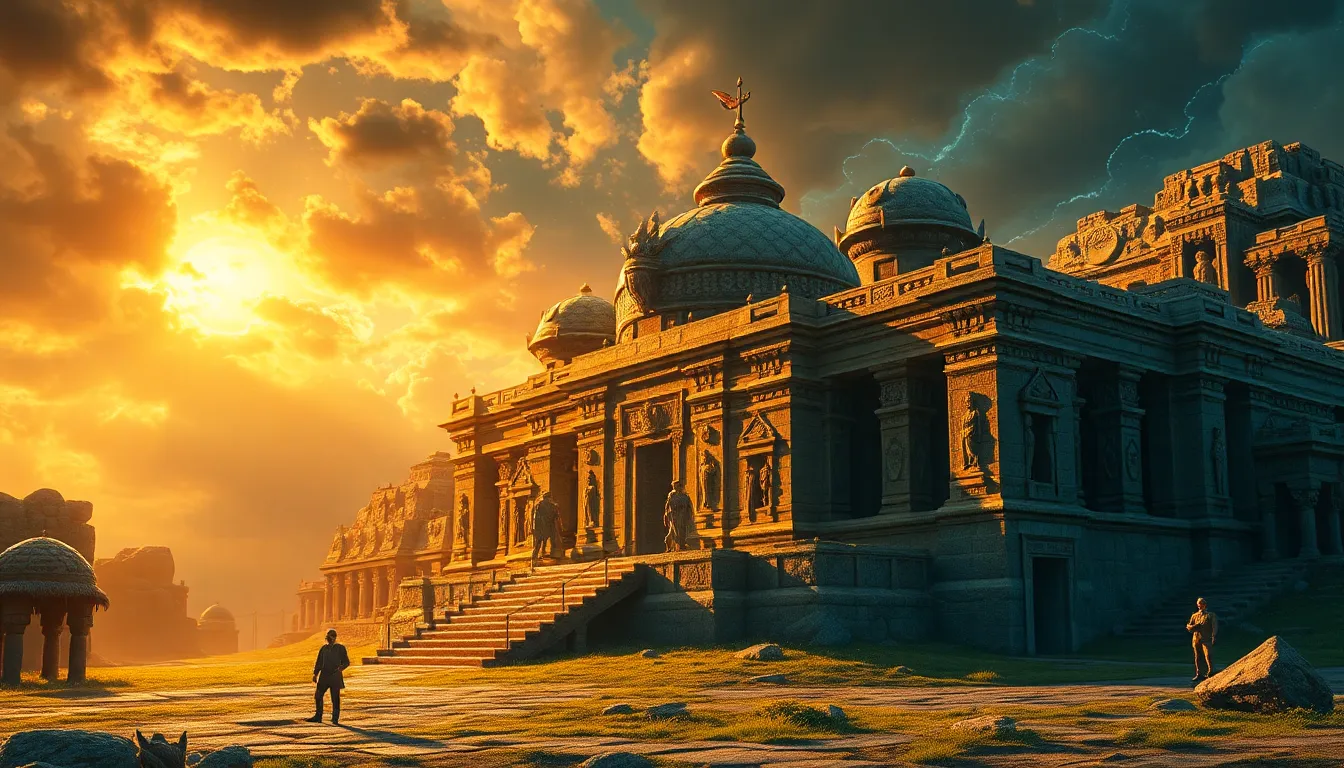From Hades to Valhalla: Epic Journeys of the Afterlife
I. Introduction
The concept of the afterlife has captivated human imagination across cultures and epochs. It reflects our deepest fears, hopes, and questions about existence beyond death. Different civilizations have crafted elaborate mythologies that portray the journey of souls, the nature of existence in the afterlife, and the moral implications of one’s earthly life.
This article aims to explore various perspectives on the afterlife, focusing on the ancient Greek underworld, Hades, and the Norse paradise, Valhalla. By examining these mythologies, we can uncover their significance in contemporary culture and understand how they shape our views on mortality and existence.
Understanding these mythological frameworks is essential, as they not only provide insight into ancient beliefs but also resonate with modern societal values and fears regarding death and what lies beyond.
II. The Ancient Greek Underworld: Hades
In Greek mythology, Hades is not merely a place but a richly woven tapestry of beliefs concerning the afterlife. It is often depicted as a shadowy realm where souls reside after death, ruled by the god Hades. This underworld is significant, representing both a final destination and a reflection of earthly lives.
The journey of souls to Hades involves several key elements:
- Charon: The ferryman who transports souls across the River Styx, the boundary between the world of the living and the dead.
- The River Styx: A river that souls must cross to enter Hades, symbolizing the passage from life to death.
- The Three Judges: Minos, Rhadamanthus, and Aeacus, who determine the fate of souls based on their deeds during life.
Within Hades, there exist distinct realms that categorize souls based on their moral conduct:
- Elysium: A blissful paradise for virtuous souls, where they experience eternal happiness.
- Tartarus: A dark and tormenting pit reserved for the wicked, where they endure punishment for their transgressions.
III. The Norse Afterlife: Valhalla
In stark contrast to the Greek view of the afterlife, Norse mythology presents Valhalla as a glorious hall where warriors who die in battle are welcomed. Valhalla, ruled by Odin, is a place of honor and valor, where the chosen ones, known as the Einherjar, prepare for Ragnarok, the final battle.
The path to Valhalla is facilitated by the Valkyries, warrior maidens who choose those worthy of entering this majestic realm. The criteria for entry include:
- Bravery and valor in battle.
- A life lived in accordance with the warrior code.
Odin’s role is pivotal, as he embodies the values of strength and combat, reflecting the warrior culture of the Norse people. Valhalla serves not only as a reward but as a preparation for the ultimate confrontation of existence.
IV. Comparative Analysis: Hades vs. Valhalla
When comparing Hades and Valhalla, several similarities and differences emerge:
A. Similarities
Both mythologies share a structured journey of souls, involving guides and criteria for determining fate. They also emphasize the importance of one’s actions in life.
B. Differences
However, they diverge significantly in beliefs about punishment and reward:
- In Hades, souls are judged and sent either to Elysium or Tartarus, reflecting a more nuanced view of morality.
- In Valhalla, entrance is predominantly based on martial prowess, celebrating the warrior ethos.
C. Cultural Implications
The cultural implications of these afterlife concepts are profound. Greek mythology underscores the complexity of human morality, while Norse mythology glorifies heroism and valor, illustrating the values held by their respective societies.
V. Other Notable Afterlife Concepts in World Mythologies
Around the world, various cultures have developed their own unique afterlife beliefs:
A. The Egyptian Afterlife
In ancient Egypt, the afterlife involved the journey through Duat, where the heart of the deceased was weighed against the feather of Ma’at to determine their fate.
B. The Abrahamic Afterlife
In Abrahamic religions, concepts of Heaven, Hell, and Purgatory provide frameworks for understanding moral consequence and divine judgment.
C. Eastern Beliefs
Eastern philosophies, such as Hinduism and Buddhism, embrace the idea of reincarnation, where the soul cycles through life until achieving enlightenment.
VI. The Role of Myths in Shaping Cultural Perspectives on Death
Myths about the afterlife play a crucial role in providing comfort and understanding of mortality. They help individuals cope with the inevitable nature of death and offer frameworks for moral behavior.
Storytelling surrounding these myths impacts societal values, shaping how communities view life and death. Over time, beliefs about the afterlife have evolved, reflecting changes in cultural attitudes and existential inquiries.
VII. Modern Interpretations and Representations
Today, the influence of ancient afterlife concepts can be seen in literature, film, and popular culture. Works that draw from these mythologies resonate with contemporary audiences, reflecting current values and fears.
The resurgence of interest in mythology highlights a collective search for meaning in a rapidly changing world, with stories of Hades and Valhalla serving as touchstones for exploring human experience.
VIII. The Psychological and Philosophical Implications
The notion of an afterlife influences human behavior and ethics significantly. It raises philosophical debates about existence, morality, and the nature of consciousness after death.
Psychologically, beliefs in an afterlife can provide comfort, offering hope of reunion with loved ones and a sense of purpose, easing the anxiety surrounding death.
IX. Conclusion
In summary, the exploration of Hades and Valhalla reveals rich narratives that shape our understanding of the afterlife. These mythologies reflect the values and beliefs of ancient civilizations, leaving a lasting impact on modern society.
As we continue to grapple with the mysteries of death and existence, the stories of Hades and Valhalla remain relevant, encouraging us to reflect on our lives and what may lie beyond.



